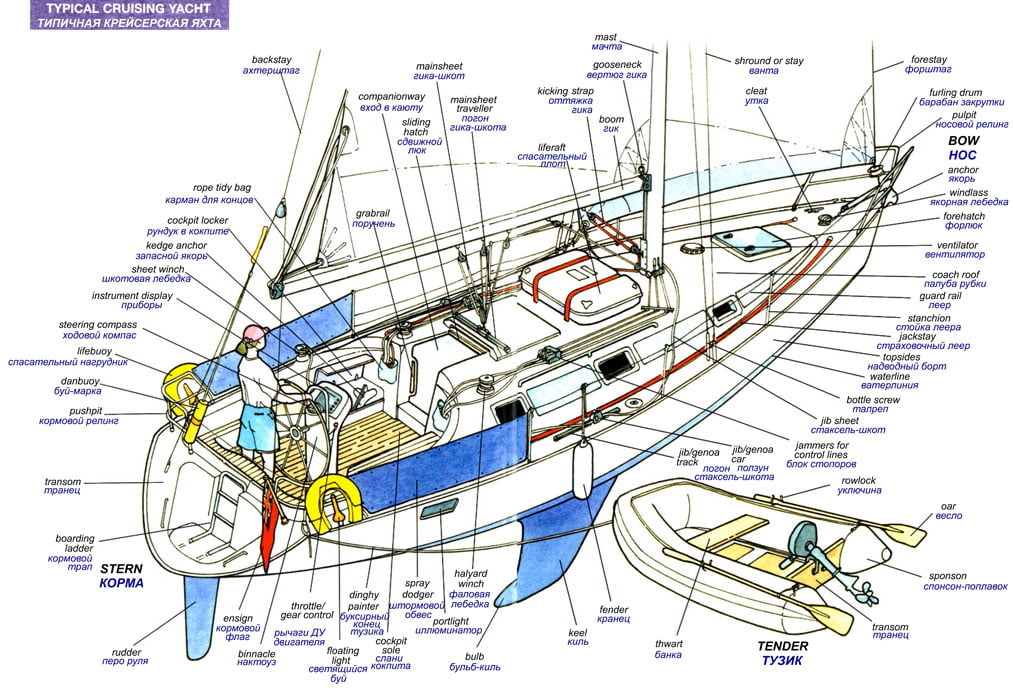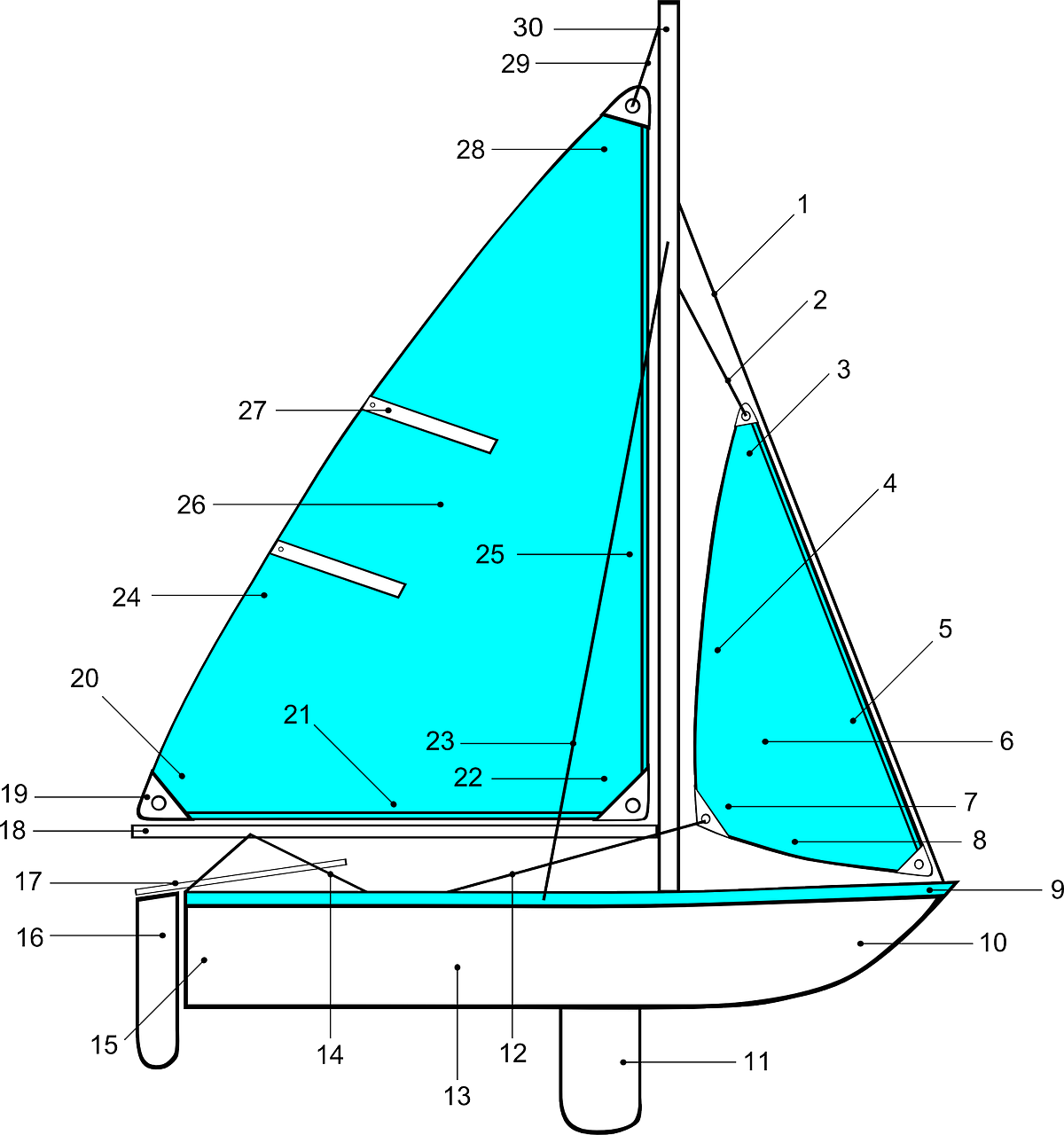Maintaining Your Yacht
Maintaining Your Yacht - Blog post
Basic advice for buying a yacht
- Decide what kind of yacht best meets your needs and the expenses it may incur.
- Narrow down a size range (length), and consider what you want for your amenities.
- Try before you buy: Ask if you can conduct a charter or a sea trial.
- Work with a dealer or broker who understands you.
- Set yourself a budget, and stick to it—and then close the deal.
- And finally – Take a boating safety course.
Up-front Costs & Annual Maintaining your yacht costs of boat ownership.
Before you buy, you’ll want to consider the upfront purchase costs. The first step is figuring out how you want to spend your time on the water and what type of boat you want to buy. You might want a fishing boat, or a bowrider for family fun. Perhaps a cabin cruiser that could house your family overnight for extended trips, or a specialty craft like a pontoon boat for family parties or a ski/wake boat for watersports.
Sailing Yacht Care and Maintenance
Maintaining your yacht is essential for preserving its performance, safety, and longevity. Best care and advice for your yacht begins with keeping the hull clean and free of barnacles, algae, and other marine growth. This involves periodic hull cleaning and antifouling treatment to prevent fouling, which can increase drag, reduce speed and decrease efficiency. Additionally, inspecting and maintaining the rigging, including the mast, sails, shrouds, and stays, is crucial for safe sailing. Checking for signs of wear and tear, such as fraying or corrosion, and replacing worn-out parts promptly ensures the structural integrity of the rig and prevents potential accidents at sea.
Caring for Sails and Rigging
Another key aspect of maintaining your yacht is caring for the sails and sail handling equipment. Inspecting the sails for tears, chafing, or ultra violet light fading and damage and repairing or replacing them as needed is vital for maintaining optimal sail performance. Additionally, regularly lubricating and inspecting the sail furling system, winches, windlasses, and other sail handling gear helps prevent malfunctions and ensures smooth operation while underway. Proper storage of sails when not in use, such as flaking and covering them to protect from sunlight and moisture, also extends their lifespan and maintains their shape.
Caring for Mechanical and Safety Systems
Lastly, maintaining your yacht also invovles mechanical and electrical systems is essential for safety and comfort onboard. This includes important regular engine maintenance, such as oil changes, filter replacements, and inspections of belts and hoses, to ensure reliable propulsion. Checking and maintaining the yacht’s electrical systems, including batteries, wiring, and navigation lights, helps prevent electrical failures and ensures safety while sailing day or night.
Regularly servicing safety equipment such as life rafts, fire extinguishers, and bilge pumps is also crucial for emergency preparedness and compliance with maritime regulations. A good idea is to keep an onboard laminated check list pinned somewhere convenient to remind you or maybe have yearly scheduled service appointment with a shipyard. Doing these chores will in the long run make it easy maintaining your yacht.
How Much Boat Can You Afford?
Once you’ve identified your favourite leisure activities, calculating how much you want to spend is the next step. How much boat can you afford? Using that number, you can decide how to formulate your boating purchase. If you’re financing the purchase, remember that your credit rating will factor into your purchase; since this is a discretionary purchase, don’t tie up needed cost-of-living funds in your boat.
Once you’ve identified your favourite activities, calculating how much you want to spend on maintaining your yacht is the next step. How much boat can you afford? Using that number, you can decide how to formulate your boating purchase. If you’re financing the purchase, remember that your credit rating will factor into your purchase; since this is a discretionary purchase, don’t tie up needed cost-of-living funds in your boat.
Here are some costs to consider when buying, besides the cost of the boat:
Maintaining Your Yacht and Trailer
If you need a trailer to transport and store, this could add to the purchase price; sometimes it can be included as part of the package deal. This is common practice at dealerships, boat shows and especially seasonal dealer sales events; when the trailer may mean making the sale for the dealer, it’s often included.
In terms of maintenance, a trailer will need basic upkeep as well; tires, brakes, and general maintenance, plus monthly storage fees if you can’t keep it on your property when your boat’s in the water.
Towing & Trailering Guide
Boat Towing: How to Trailer a Boat
With a boat trailer, you’re free to boat on just about any lake, river, bay or inlet and trailering is great way to explore different waterways in your state or region and it’s also the most affordable way to store your boat.
So, you’ve just bought your yacht and signed the dotted line, and now you’re ready for some serious marine adventures—just as soon as you figure out how to keep towing and trailering safe and easy and there’s no great mystery to trailering a boat once you’ve got the basics worked out, this way maintaing your yacht and trailer gets easier and easier.
Towing a Boat
Learning how to tow a boat isn’t nearly as difficult as one might imagine. Read our complete guide on How to Tow a Boat for step-by-step instructions.
We’re going to assume you already compared the weight of your boat/motor/trailer package with the towing capacity of your vehicle, to make sure your tow vehicle could handle the job. If you haven’t, everything else should come to a screeching halt until you do so. It’s imperative that you never try to trailer a boat with an insufficient tow vehicle, and looking up the pertinent weights and capacities only takes a moment online.
Okay—you have a safe package within all weight restrictions, and you ran through the pre-trip checklist. You’ve arrived at the lake? Excellent – we’re glad to hear that you had a safe, uneventful trip to the boat ramp. Now, it’s time for…
How to Reverse a Boat Trailer
Now it’s time to back down the ramp, which some people consider the biggest challenge of all.
To make it easier, pull forward far enough that you start backing with the truck and trailer in straight alignment.
Then make tiny incremental steering corrections as you’re backing up a boat trailer; over-steering and rushing is often the cause of a botched backing job.
Remember that the trailer will swing in the opposite direction of where you steer; some people find it helpful to place their hands at the bottom of the wheel, while reminding themselves to move their hands in the direction they want the trailer to go, take your time reversing and get somebody to guide you.
When the back of the boat begins to float, you may be able to release the bow eye and motor or tug the boat off the trailer.
Every rig is a bit different and different ramps have different gradients; in some cases you may need to back down until the tow vehicles’ rear tires are getting wet and in others you may not need to back down nearly as far. Just remember to take your time and don’t be afraid to move the rig farther down the ramp if necessary if the boat doesn’t float free on the first try.
Launching a Boat
Getting the boat off the trailer at a boat ramp is far easier than removing a boat from a trailer on land—the water and the boat’s buoyancy will do all the work for you. Though it may seem daunting the first few times you do it, you’ll be launching that boat like a pro in no time. Before you launch, however, there’s some preparation to be done:
Remove all tie-downs and ropes (but not the winch hook, or the boat could slide off the trailer prematurely).
Add a rope to the boat so you can secure it at the pier once it’s off the trailer.
Load any gear hauled in your tow vehicle into the boat.
Put in the drain plug.
If your trailer has incandescent lights, unplug them from the tow vehicle (otherwise, they can heat up when you step on the brakes and then pop when submerged in cool water).
As a matter of boat ramp etiquette, it’s considered polite to pull over in the parking lot to make all your preparations. That way other boaters can continue using the ramp, as you get prepped.
Retrieving the Boat & Loading it Back on a Trailer
Getting the boat on the trailer. Loading your boat on a trailer is a lot easier than most people would guess. The trickiest part is submerging your trailer to the ideal depth. It should be just about as deep as it was when taking the boat off, and in most cases, about two-thirds of the trailer will be submerged while one-third remains out of the water. Don’t submerge the trailer too deep, or the bow of the boat may float over the bunks and go off to the side.
Some rigs are designed for the boat to be driven directly onto the trailer, while others are meant for the boat to be floated on as you control it with ropes. In both cases simply aim the boat down the centerline, and (gently) drive or pull it on until it stops. Then attach the winch to the bow eye, and after making sure the anti-reverse ratchet on the winch is engaged, crank it up the rest of the way up until the bow lays firmly on the bow stop. If you can’t get it all the way up consider backing the trailer down a bit deeper, if possible.
When you’ve pulled the boat up the ramp, inspect it to make sure it’s centered on the trailer. If it isn’t, with a small, light boat you may be able to lift and push the boat to adjust its position. With larger boats, you may need to back down into the water again to make the adjustment.
Basic Boat Trailering Tips
Here’s are a few more boat trailering tips to make sure the trip goes smoothly…
Always allow extra following distances and braking times.
Never start like a jackrabbit. Even if you went through the checklist and know the boat is securely tied to the trailer, things can break… and more than one boat has slid off the trailer and onto the roadway, thanks to a lead foot when the light turned green.
Swing wide around turns, to avoid clipping the curb with a trailer tire.
If you sense any swaying in the rig, pull over and redistribute weight. The nose weight (how heavy the very front of the trailer is) should be between 10- and 15-percent of the overall load weight. If it’s not correct the trailer can sway from side to side, and swaying can lead to accidents.
Change lanes very slowly. You may not be able to see cars directly behind your boat (unless you’re towing a small boat) and they may sometimes whip out from behind you and accelerate unexpectedly.
What Do You Need to Tow a Boat?
Whether you’re towing a boat long distances or just heading around the corner, all you need to tow a boat is…a strong capable tow vehicle and reliable tie-downs for the stern.
There is some additional gear you may want to consider getting, however (don’t forget to raise those outboards and raise those trailer corner steadies if it has them). A Transom Saver will help support the engine’s lower drive unit, and relieve stress on the boat as you hit bumps on the highway. And side mirror extensions can be very helpful if your tow vehicle doesn’t have over-sized towing mirrors.
Maintaining your yacht once or twice a year pays dividends in the long run and adds reliability, safety and enjoyment to your maritime adventures.
Happy maintaining a yacht
Will. 2023.


